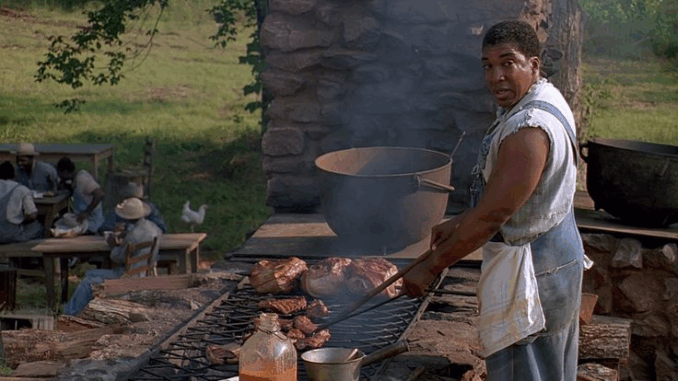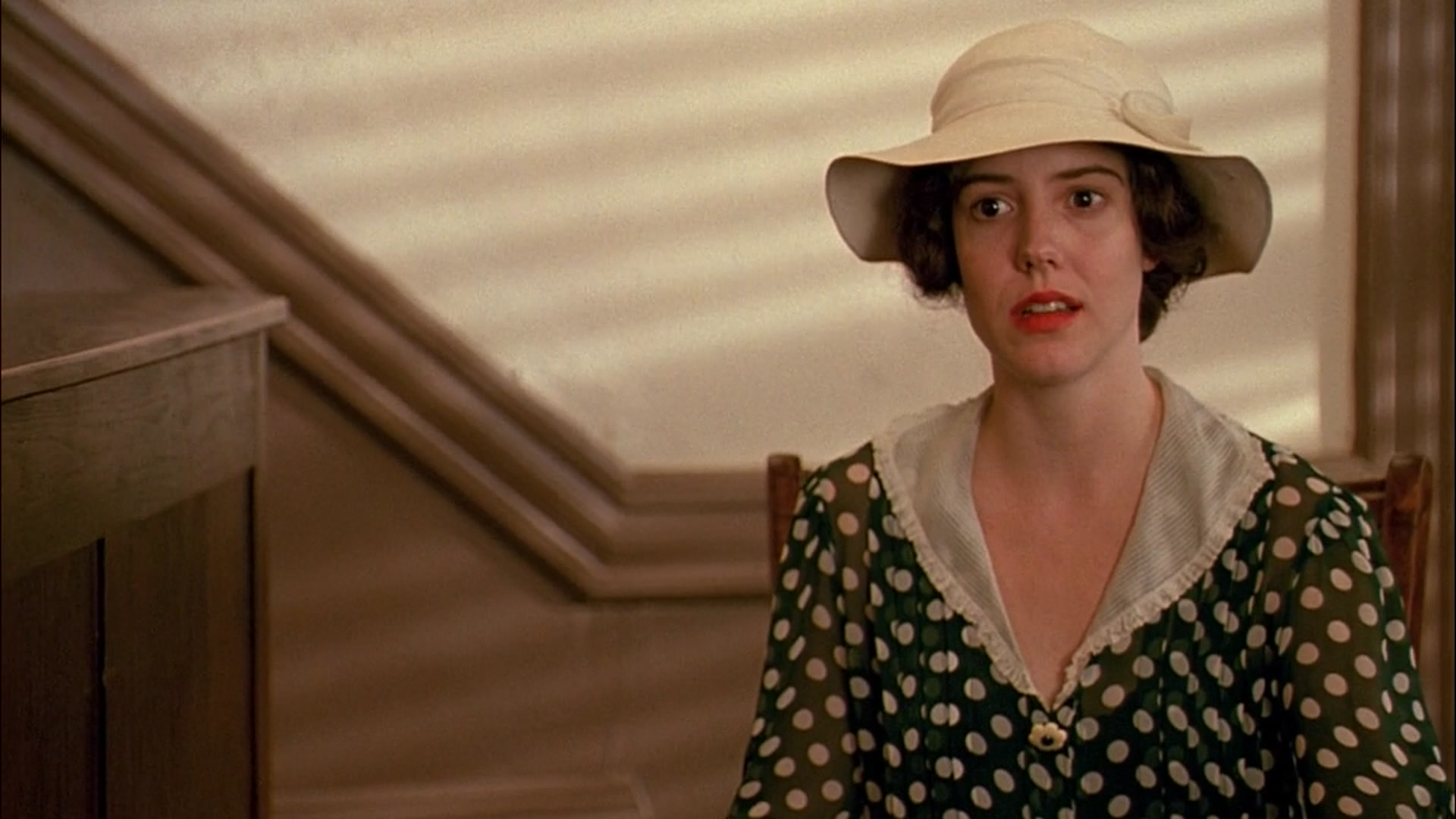
While Fried Green Tomatoes is remembered mostly for its heartfelt story about friendship and empowerment, there is a real and important crime subplot that shapes the movie’s events: the disappearance of Frank Bennett, Ruth Jamison’s abusive husband.
The film, based on Fannie Flagg’s novel, treats the disappearance with a mix of subtle hints and quiet revelations. However, when looking carefully at what the movie actually shows and states, the facts become clear — without the need for any exaggeration or invention.
Who Was Frank Bennett?
Frank Bennett is introduced in the film as Ruth’s husband from Valdosta, Georgia. He is abusive, both physically and emotionally. After Ruth becomes pregnant, she tries to stay with him, but his violence worsens. Fearing for her life and her baby’s future, Ruth reaches out to Idgie Threadgoode for help.
Idgie and several friends from Whistle Stop stage a plan to help Ruth escape from Frank’s control. Ruth returns to Whistle Stop and raises her child, Buddy Jr., with the help of Idgie and the café family.
Frank, however, later comes to Whistle Stop to take Ruth back by force. After a confrontation near the café, Frank disappears and is never seen again.

What the Film Tells Us About Frank’s Disappearance
The disappearance becomes the center of a police investigation. Authorities suspect foul play, but no body is ever found. Throughout the film:
-
Idgie and Big George are suspected of murder.
-
A trial is held against them.
-
Despite intense questioning, no one confesses to any crime.
-
In the courtroom, thanks to testimonies from supportive townspeople (including a humorous alibi involving fishing), Idgie and Big George are acquitted.
Importantly, in a later private scene, Ninny Threadgoode (Jessica Tandy) hints to Evelyn Couch (Kathy Bates) that the café’s secret sauce had something to do with hiding Frank’s body — saying famously:
“The secret’s in the sauce.”
Through this, the film strongly implies that Frank’s remains were cooked and served in barbecue at the Whistle Stop Café — but this is never shown directly. It remains a darkly comedic suggestion rather than an explicit fact in the movie.
Who Killed Frank Bennett?
Although the film leaves much unsaid, careful viewers can piece together what actually happened:
-
Sipsey (Cicely Tyson) — the beloved African American cook at the Whistle Stop Café — is the one who killed Frank.
-
During Frank’s confrontation with Ruth, Sipsey hits Frank with a heavy frying pan, killing him as he tries to kidnap Buddy Jr.
-
To protect Sipsey from legal consequences (especially in the deeply racist 1920s South), Idgie and Big George help dispose of Frank’s body.
-
Big George, who was already in charge of cooking barbecue at the café, likely prepared the remains to hide the evidence — as suggested by Ninny’s line.
Thus, the killing was an act of defense, not cold-blooded murder.
Justice in the Context of the Film
The movie frames Frank’s death not as a tragedy but as a necessary act of protection for Ruth and her child.
In a society where neither the police nor the courts would protect a woman like Ruth — and certainly would never have protected Black characters like Sipsey or Big George — the community takes justice into their own hands.
The authorities, predictably, try to blame Big George, focusing on him simply because of his race. This reflects the institutional racism of the time, another reality the film does not shy away from.
Ultimately, the law fails to uncover the truth. The town’s solidarity ensures that the real story stays hidden, allowing Ruth, Idgie, Sipsey, and Big George to continue their lives free from punishment.
Truth Hinted, Not Spoken
In Fried Green Tomatoes, the fate of Frank Bennett is a subtle but pivotal event. The film never sensationalizes the killing. Instead, it treats it as a protective, necessary act, buried beneath layers of loyalty, community, and survival.
Sipsey killed Frank. Idgie and Big George covered it up.
The truth lingers between the lines, available to those who look closely — but the film wisely leaves it half-spoken, maintaining the story’s warmth and complexity.
The movie reminds us: Sometimes the most important justice isn’t found in courtrooms, but in the quiet bravery of protecting the ones you love.
